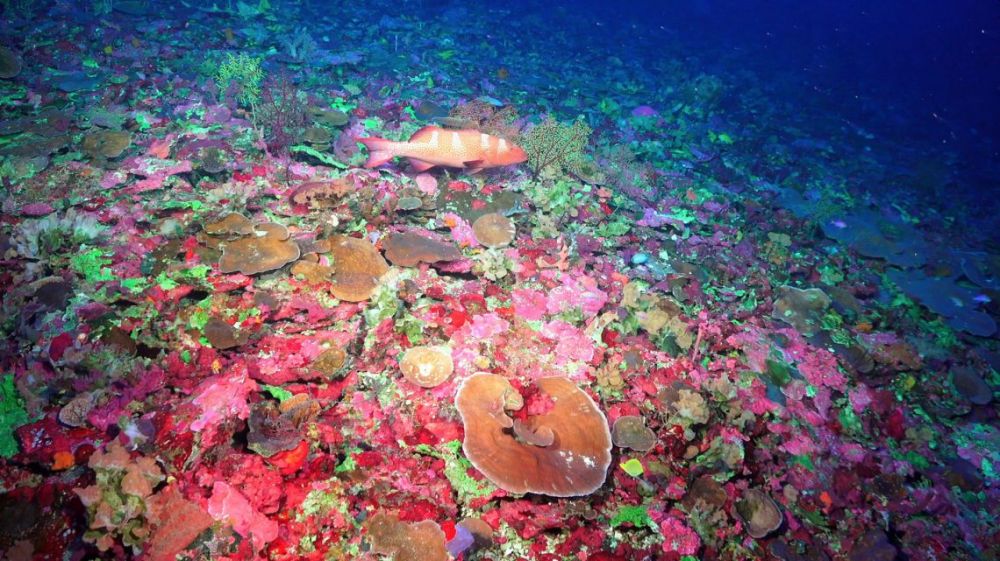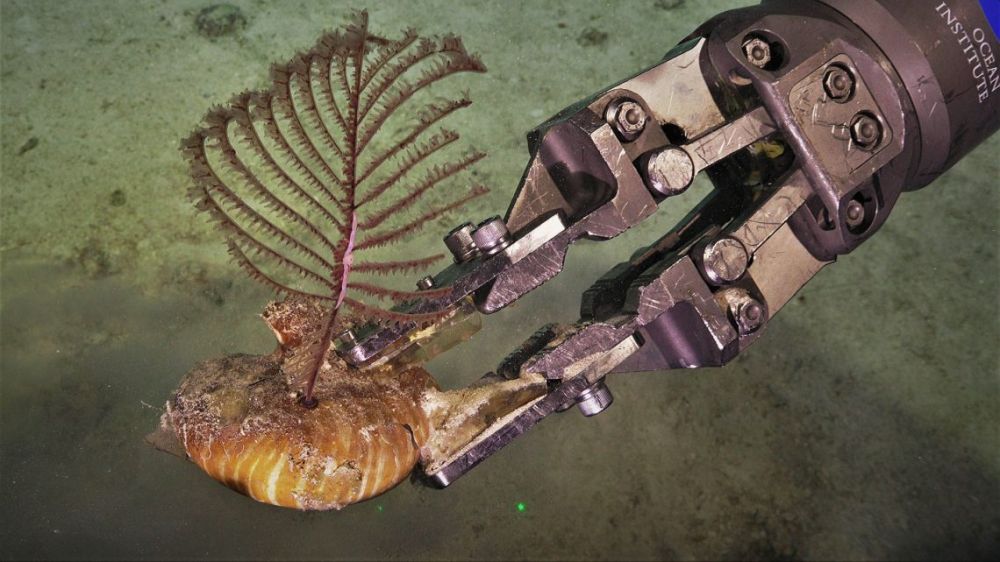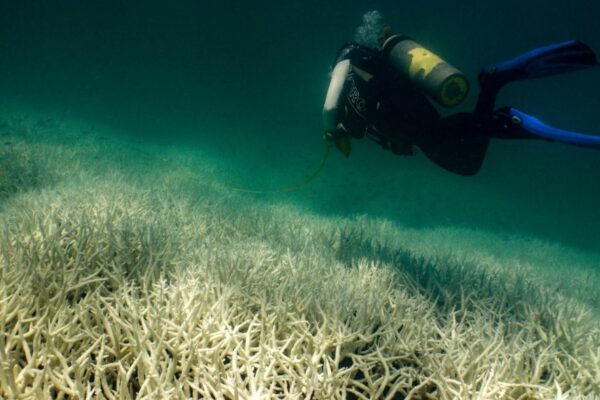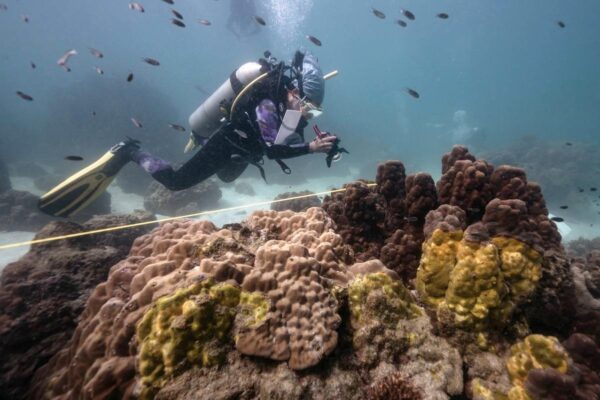Scientists Discover New Coral Species Surviving Deep in Coral Sea
While, the plight of the Great Barrier Reef makes us contemplate the impact of our actions on oceanic biodiversity, a newly discovered coral species in the Coral Sea seems like a ray of hope. Australian scientists have conducted a deep-sea study of the Reef off the northern coast of Australia and found five undescribed species consisting of black corals and sponges, and recorded Australia’s first encounter of an extremely rare scorpionfish.
The research was carried out by experts onboard the Schmidt Ocean Institute’s research vessel Falkor. The research team consisted of scientists from Geoscience Australia, James Cook University, University of Sydney, Japan Agency for Marine-Earth Science and Technology, Queensland Museum Network, and the Queensland University of Technology.

Image: ROV SuBastian/SOI
Using the Remotely-Operated Vehicle SuBastian (an underwater robot), the team captured a high-resolution video of the seabed about 1,820 meters deep and also collected samples of the critical habitat in order for a better understanding of the spatial relationship between seabed features and the species found in the Coral Sea.
Researchers took the deepest samples ever collected of soft coral and scleractinian coral in the Coral Sea. The first sample of ancient bedrock beneath the Great Barrier Reef was also collected, which is predicted to be between 40 and 50 million years old.
During the expedition, scientists also made the first recorded encounter in Australia of the very rare fish Rhinopias agroliba, a beautiful member of the scorpionfish family.

Image: ROV SuBastian/SOI
According to Dr. Brendon Brooke, the expedition’s lead scientist from Geoscience Australia, this research included the most detailed midwater robotic dive survey that has ever been carried out in the South Pacific. He further added that the vessel was equipped with a range of technologies that provided the leisure to work across the full range of ocean depths in the Coral Sea.
High-resolution mapping of the seafloor was conducted, covering 38,395 square kilometers, an area three times greater than Sydney. The maps marked all the major coral reefs on the Queensland Plateau within the Coral Sea Marine Park and an 80-kilometer section of canyons off the northern Great Barrier Reef Marine Park.
The team shared their experience of the expedition in live streaming of the 18 underwater robotic dives and 112 hours of high-resolution video during the month-long mission, which ended on August 30, on Schmidt Ocean’s YouTube channel.
These newly discovered species show the resilience of marine life against the rising temperatures and climate change.


